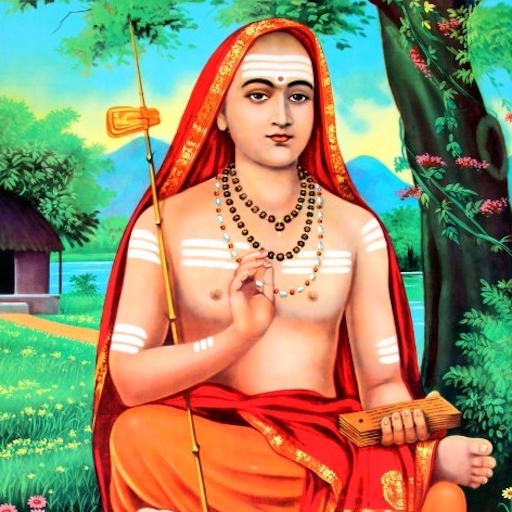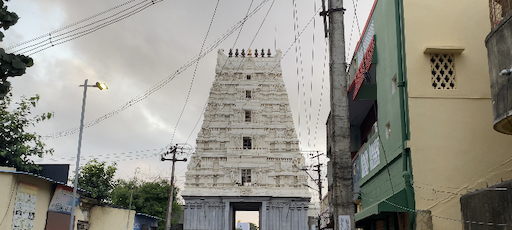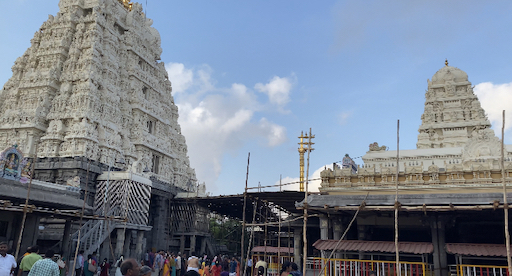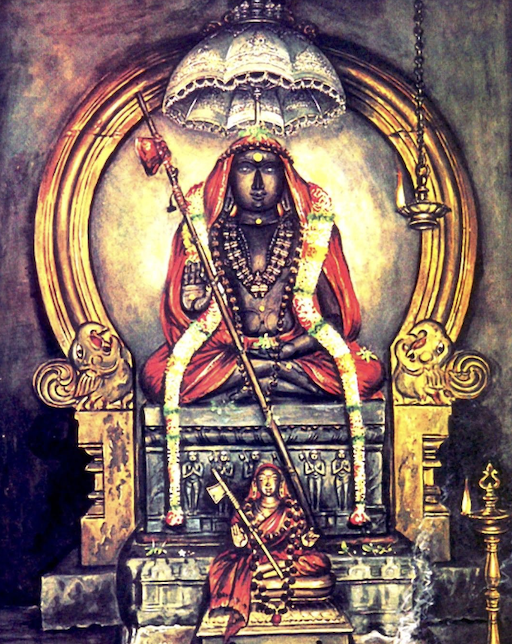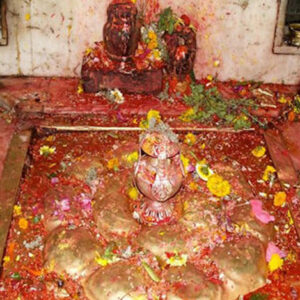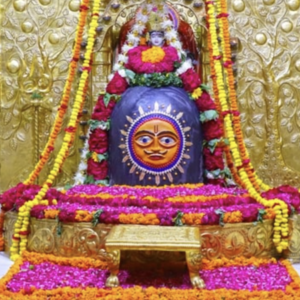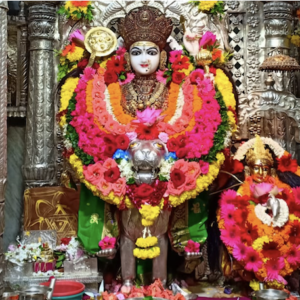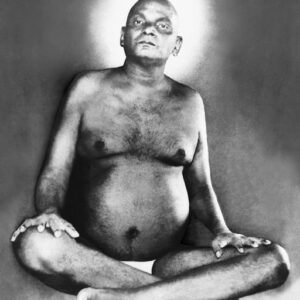Apart from Kedarnath, Adi Shankaracharya is considered to have a Samadhi inside the premises of Sri Kanchi Kamakshi Amman Temple. The Siddha place is just at the exit of the Sactum Sactorum.
There is place to sit and meditate. You can go into meditative states here effortlessly.
How to get there:
The temple is located 1.2 kms West of Kanchipuram East train station.
Map: https://goo.gl/maps/FEwVixaWfyGH5yDo7
About Adi Shankaracharya
Shankara, also called Shankaracharya, (born 700?, Kaladi village?, India—died 750?, Kedarnath), philosopher and theologian, most renowned exponent of the Advaita Vedanta school of philosophy, from whose doctrines the main currents of modern Indian thought are derived. He wrote commentaries on the Brahma-sutra, the principal Upanishads, and the Bhagavadgita, affirming his belief in one eternal unchanging reality (brahman) and the illusion of plurality and differentiation.
There are at least 11 works that profess to be biographies of Shankara. All were composed several centuries later than the time of Shankara and are filled with legendary stories and incredible anecdotes, some of which are mutually conflicting. Today there are no materials with which to reconstruct his life with certainty. His date of birth is naturally a controversial problem. It was once customary to assign him the birth and death dates 788–820, but the dates 700–750, grounded in modern scholarship, are more acceptable.
According to one tradition, Shankara was born into a pious Nambudiri Brahman family in a quiet village called Kaladi on the Periyar (Purna) River, Kerala, southern India. He is said to have lost his father, Shivaguru, early in his life. He renounced the world and became a sannyasin (ascetic) against his mother’s will. He studied under Govinda, who was a pupil of Gaudapada. Nothing certain is known about Govinda, but Gaudapada is notable as the author of an important Vedanta work, Mandukya-karika, in which the influence of Mahayana Buddhism—a form of Buddhism aiming at the salvation of all beings and tending toward nondualistic or monistic thought—is evident and even extreme, especially in its last chapter.
A tradition says that Shiva, one of the principal gods in Hinduism, was Shankara’s family deity and that he was, by birth, a Shakta, or worshipper of Shakti, the consort of Shiva and female personification of divine energy. Later he came to be regarded as a worshipper of Shiva or even an incarnation of Shiva himself. His doctrine, however, is far removed from Shaivism and Shaktism. It is ascertained from his works that he had some faith in, or was favourable to, Vaishnavism, the worship of the god Vishnu. It is highly possible that he was familiar with Yoga (one of the classical systems of Indian philosophy, as well as a technique to achieve salvation). One study has suggested that in the beginning he was an adherent of Yoga and later became an Advaitin (Nondualist).
Biographers narrate that Shankara first went to Kashi (Varanasi), a city celebrated for learning and spirituality, and then traveled all over India, holding discussions with philosophers of different creeds. His heated debate with Mandana Mishra, a philosopher of the Mimamsa (Investigation) school, whose wife served as an umpire, is perhaps the most interesting episode in his biography and may reflect a historical fact—that is, keen conflict between Shankara, who regarded the knowledge of brahman as the only means to final release, and followers of the Mimamsa school, which emphasized the performance of ordained duty and the Vedic rituals.
Shankara was active in a politically chaotic age. He would not teach his doctrine to city dwellers. The power of Buddhism was still strong in the cities, though already declining, and Jainism, a nontheistic ascetic faith, prevailed among the merchants and manufacturers. Popular Hinduism occupied the minds of ordinary people, while city dwellers pursued ease and pleasure. There were also epicureans in cities. It was difficult for Shankara to communicate Vedanta philosophy to these people. Consequently, Shankara propagated his teachings chiefly to sannyasins and intellectuals in the villages, and he gradually won the respect of Brahmans and feudal lords. He enthusiastically endeavoured to restore the orthodox Brahmanical tradition without paying attention to the bhakti (devotional) movement, which had made a deep impression on ordinary Hindus in his age.
It is very likely that Shankara had many pupils, but only four are known (from their writings): Padmapada, Sureshvara, Totaka (or Trotaka), and Hastamalaka. Shankara is said to have founded four monasteries, at Shringeri (south), Puri (east), Dvaraka (west), and Badarinatha (north), probably following the Buddhist monastery (vihara) system. Their foundation was one of the most significant factors in the development of his teachings into the leading philosophy of India.
More than 300 works—commentative, expository, and poetical—written in the Sanskrit language, are attributed to him. Most of them, however, cannot be regarded as authentic. His masterpiece is the Brahma-sutra-bhashya, the commentary on the Brahma-sutra, which is a fundamental text of the Vedanta school. The commentaries on the principal Upanishads that are attributed to Shankara are certainly all genuine, with the possible exception of the commentary on the Shvetashvatara Upanishad. The commentary on the Mandukya-karika was also composed by Shankara himself. It is very probable that he is the author of the Yoga-sutra-bhashya-vivarana, the exposition of Vyasa’s commentary on the Yoga-sutra, a fundamental text of the Yoga school. The Upadeshasahasri, which is a good introduction to Shankara’s philosophy, is the only noncommentative work that is certainly authentic.
